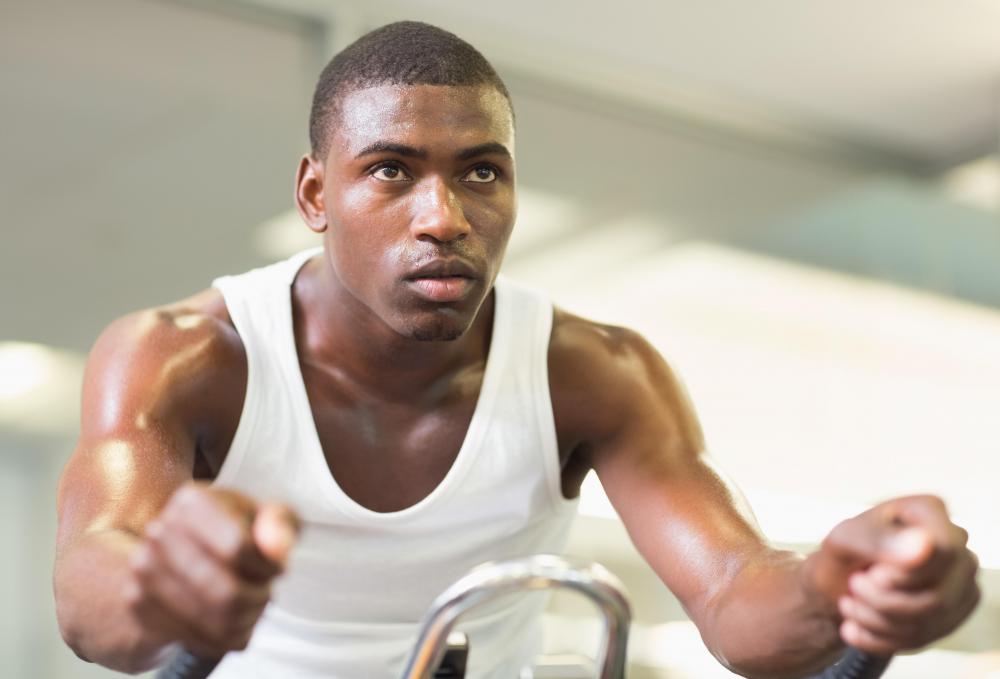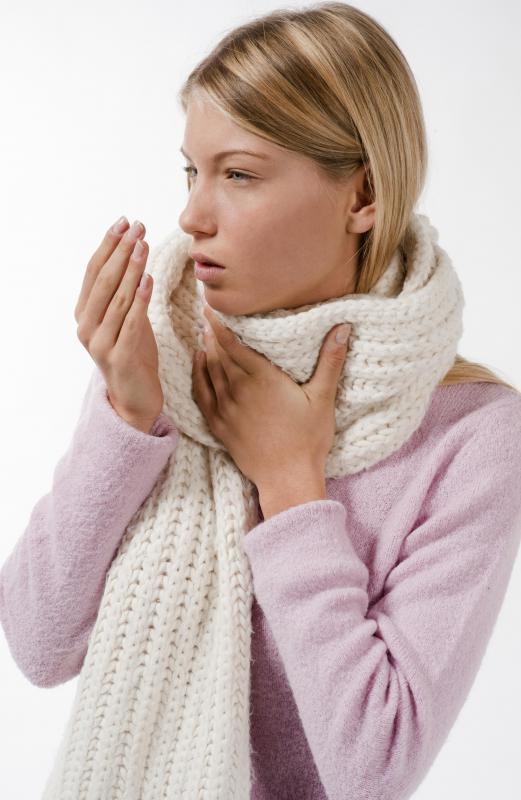At TheHealthBoard, we're committed to delivering accurate, trustworthy information. Our expert-authored content is rigorously fact-checked and sourced from credible authorities. Discover how we uphold the highest standards in providing you with reliable knowledge.
What Is Cardiovascular Homeostasis?
Cardiovascular homeostasis regulates the delivery of hormones and nutrients, along with the removal of waste products, through the blood stream. It is one of the interconnecting systems in the body responsible for maintaining stability in the face of changes ranging from environmental pressures like a drop in external temperature to internal issues, like a hormone imbalance. The body uses these systems to maintain function, keeping organs, muscles, nerves, and other tissues working properly. Imbalances can result in health problems like shortness of breath for a patient whose cells are not getting enough oxygen.
This system includes the heart and connected system of blood vessels. Arteries carry freshly oxygenated blood away from the heart to the rest of the body, while veins return depleted blood to the heart. The cardiovascular system regulates itself through a variety of means to control the heart rate, blood pressure, and other characteristics, ensuring the body gets the nutrients, oxygen, and hormones that it needs.

Other systems within the body interact with the cardiovascular system to maintain homeostasis. For example, when someone exercises, the body indicates that the muscles need more oxygen and nutrients, which requires increasing the heart rate. Likewise, when the blood pressure starts to drop, this sends a hormone signal to release vasoconstrictors to make the blood vessels tighten up, increasing the pressure. The nervous and endocrine systems can interact with the heart and blood vessels to maintain cardiovascular homeostasis.

Numerous errors can occur with this process. Some patients are born with congenital disorders that interfere with cardiovascular homeostasis. The heart muscle may not work properly, for instance, leading to oxygen deprivation in the extremities or difficulty with activities like exercising. People can also develop problems like cardiovascular disease, which may cause problems with blood pressure and circulation of blood. Hormone disorders may also result in disturbance of cardiovascular homeostasis because the signals normally used to coordinate the body are out of balance.

When a patient presents with a problem that appears to be related to the cardiovascular system, a number of tests can provide more information about the specifics of the situation. These data can be used to develop a treatment plan for the patient, which may include medications, dietary changes, and other measures like surgery, if necessary. In a crisis situation, the patient may need immediate care to maintain cardiovascular homeostasis; someone who has lost a great deal of blood, for example, cannot self-regulate blood pressure and may go into shock.
AS FEATURED ON:
AS FEATURED ON:



















Discuss this Article
Post your comments